Breaking
- MENU
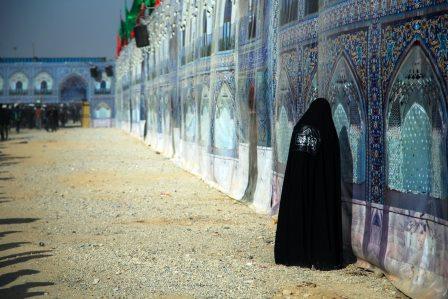
As part of MEI Speaks, the Middle East Institute (MEI@ND) organized its first online Book Discussion on 24 June 2020. Dr. Liora Hendelman-Baavur, Director of the Alliance Centre for Iranian Studies, Tel Aviv University, Israel, introduced her recent book Creating the Modern Iranian Woman: Popular Culture between Two Revolutions. The event was open for public and was moderated by Dr. Dipanwita Chakravortty, Assistant Professor of Political Science at Galgotias University, UP.
Dr. Hendelman-Baavur set about with a brief outline of the book that is divided into two parts; the first chronicled the history of Iranian newspapers and magazines run by women and the second part dealt with the formation of modern Iranian women in the 1960s and 1970s. The author delved into the pages of Iranian women’s magazines for the purpose. She mentioned that the history of Persian newspapers dating back to the 1830s and drew attention to first Persian Newspaper Mirat-ul-Akhbar (News Mirror), started by Raja Rammohan Roy and published in Kolkata in India. She argued that the discourse on women in Iran, for the most part, remained under-researched and drew less attention, as compared to women issues in the US, Europe and Canada. She identified several reasons for the neglect and dismissal of women magazines primarily for being “girlie” publications, preoccupied with lowbrow entertainment and exhausted advertisements and visuals or ignored because of its appearance as a western-style gossip magazine.
Dr. Hendelman-Baavur underlined that such women’s periodicals were not an isolated phenomenon. By mid-twentieth century such journalistic ventures had mushroomed in major urban centres, such as Istanbul and Alexandria, though they differed in their experiences. She further elucidated that women’s periodicals published content related to women's health, family issues, and household chores. Pointing that low literacy rate as an impediment in the growth of such journals, she noted that in 1925, the literacy rate of urban Iranian women stood at barely 5 per cent. Therefore, the women who founded such magazines believed in education, and for this purpose they formed associations advancing women’s right to education. Women running such journals and periodicals realized the significance to educate people, and to the author’s surprise marketing strategies were used to attract men to buy it. The evolution of women journals, over the years, were indicative of ever-changing nature of such magazines. For instance, in the 1960s and 1970s, reliance on scientific outlook and secular values characterized women magazines of that time.
Dr. Hendelman-Baavur further remarked that women’s education was largely encouraged, not for their advancement, but the utility of educated women in child upbringing, to raise them as better educated citizens and to instil patriotism in them from their early childhood. Also, women from the upper classes and affluent families aided women from the lower classes in their advancement, without undermining the traditional, patriarchal role as a wife and mother. Dr. Hendelman-Baavur highlighted reliance of these journal on translation of western literature in Persian due to a chronic shortage of female journalists, scarcity of local material and social taboo associated with sharing intimate and personal thoughts.
The talk was followed by an interactive Q&A session. In response to a question inquiring the role of Farah Pahlavi in the empowerment of Iranian women, Dr. Hendelman-Baavur observed that Farah became a major symbol for women, even though she was crowned in later years as the third wife of Mohammed Reza Shah. Iranian people saw her as a mother, but she called herself the mother of Iranian children. She also promoted herself as a working and independent woman by accompanying the Shah on foreign tours but not at the expense of their children and home. In response to another question, Dr. Hendelman-Baavur underlined that women magazines steered clear of politics and largely dealt with fashion, culture, and domestic issues. The predominant reason for such an approach was the fear of Savak, Shah’s secret service, which was successful in undermining freedom of expression. Examining the history, she also underlined that Iranians never experienced democracy and their freedom of expression was directly proportionate to the weak leadership meaning, weaker the leadership, exponential the surge in freedom of expression. She further delved into the changing nature of such magazine’s contents that transformed from exhibiting women bodies and sexuality to displaying veiled women.
Finally, Honorary Director MEI@ND concluded the session and thanked all the guests and participants.
As part of its editorial policy, the MEI@ND standardizes spelling and date formats to make the text uniformly accessible and stylistically consistent. The views expressed here are those of the author and do not necessarily reflect the views/positions of the MEI@ND. Editor, MEI@ND: P R Kumaraswamy
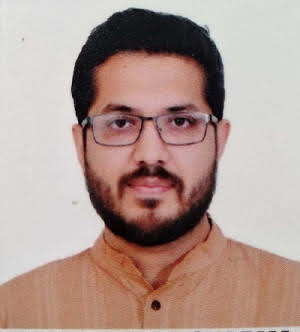
Rohit Kumar Sharma is a research scholar in Centre for West-Asian Studies, JNU. He is a law graduate and holds a master’s in international relations from South Asian University and his master’s dissertation examined the Hindutva discourse on Israel. Currently, he is working on Evolution of Cyber Security in Israel for his M Phil degree.
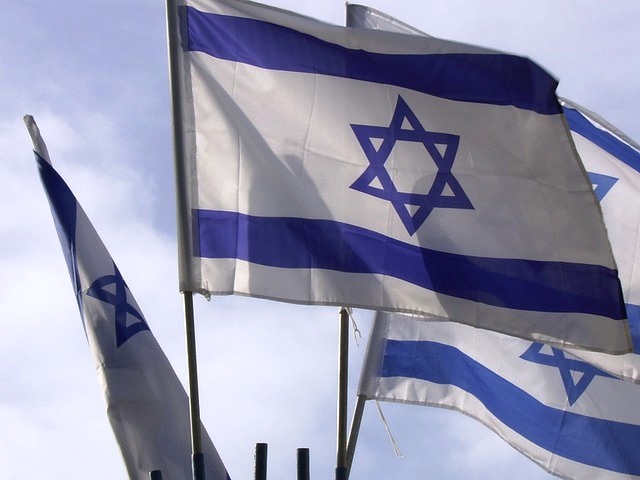
After being in the news for years and most of it for the wrong reasons, Shalev Hulio, co-founder and.....
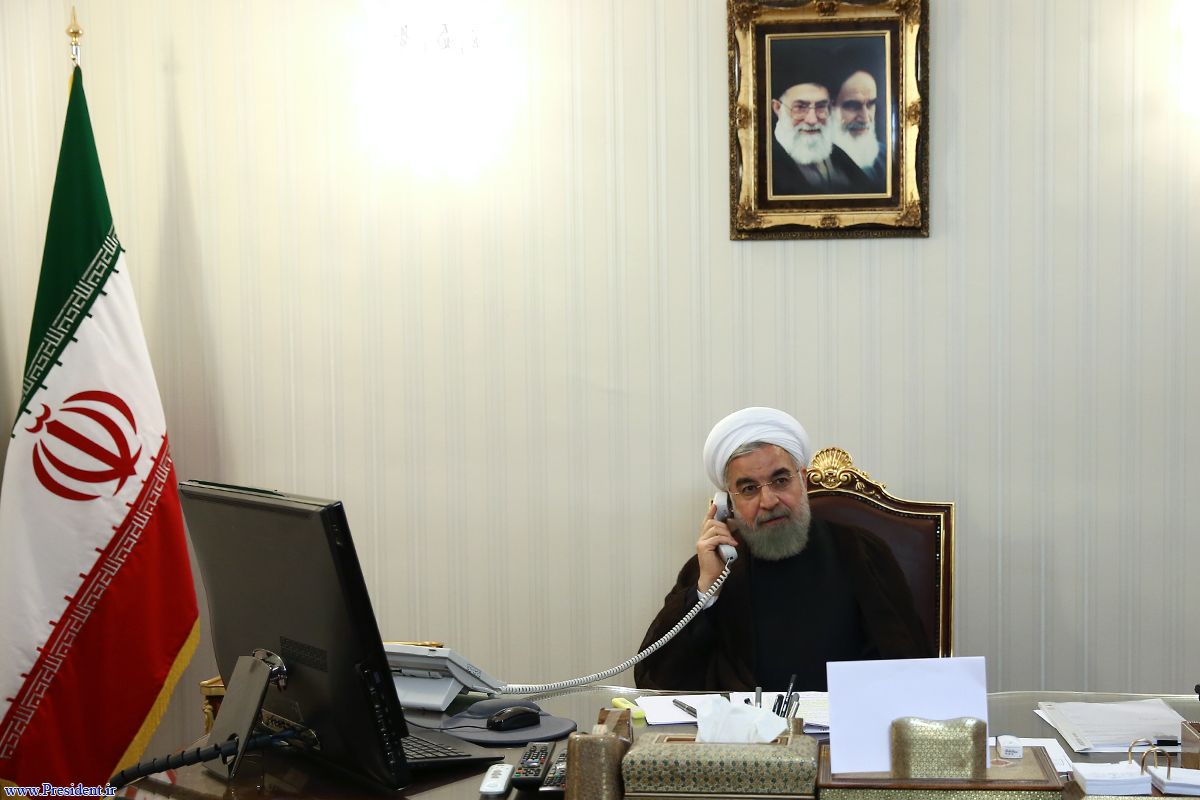
©MEI Exclusive In the recent 11-day Israeli-Palestinian armed conflict both sides reported a.....
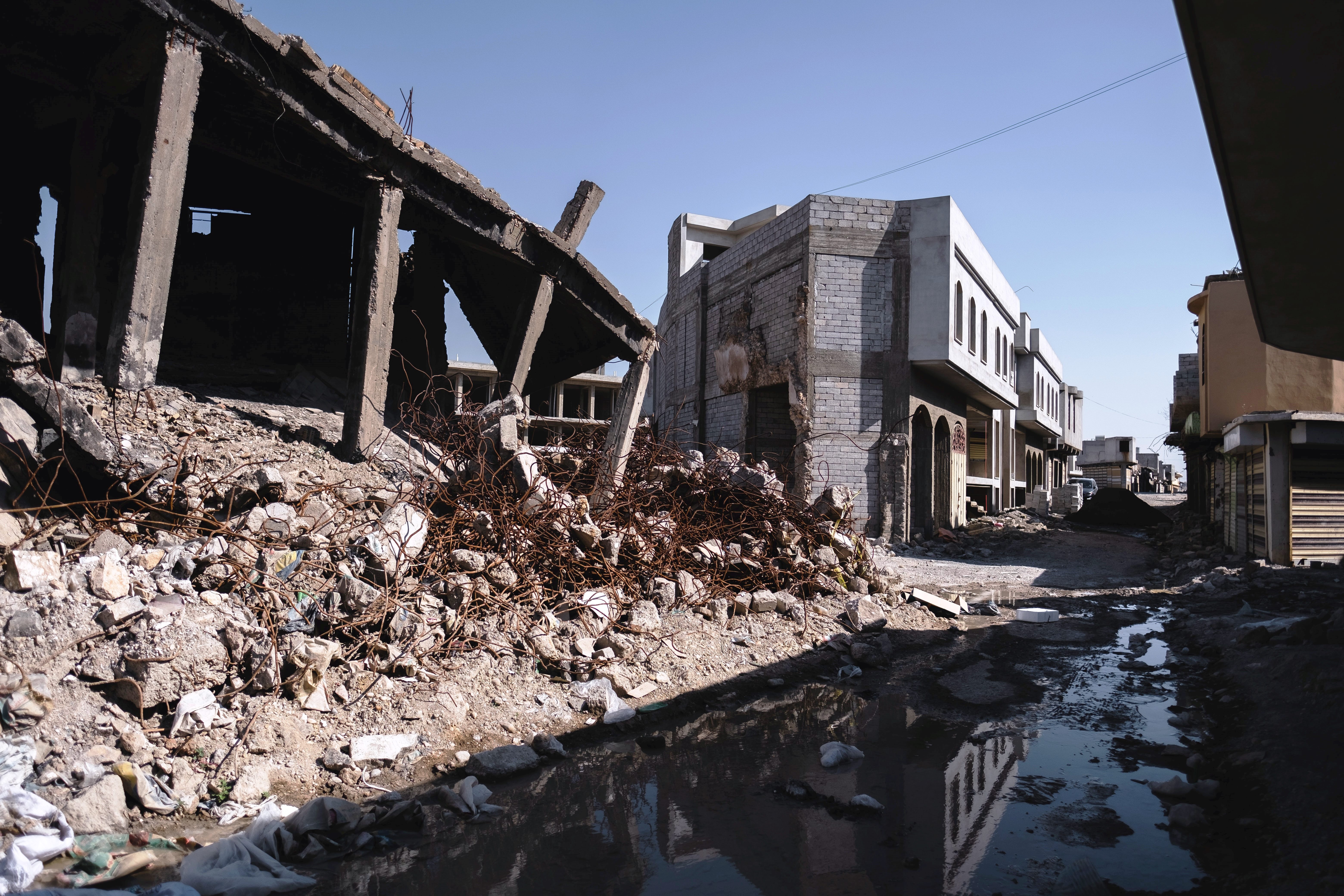
The twelfth MEI Speaks held on 16 September 2020 was a book discussion on Islamism, Crisis and Democ.....
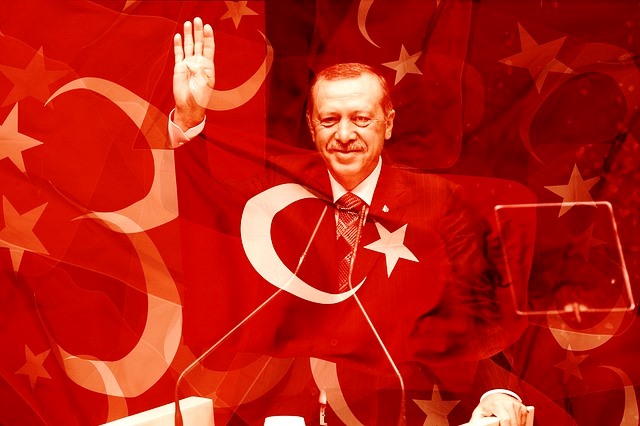
The eleventh MEI Speaks held on 9 September 2020 was a book discussion on Erdogan’s Turkey: Po.....
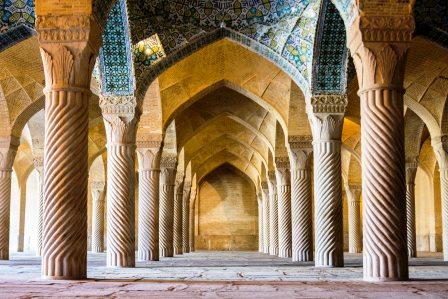
The tenth online MEI Speaks held on 2 September 2020 was a talk on Challenges Ahead: The Future of I.....

The ninth MEI Speaks on 26 August 2020 was a talk on Israel’s Bridge to the Gulf by Mr. Jason .....
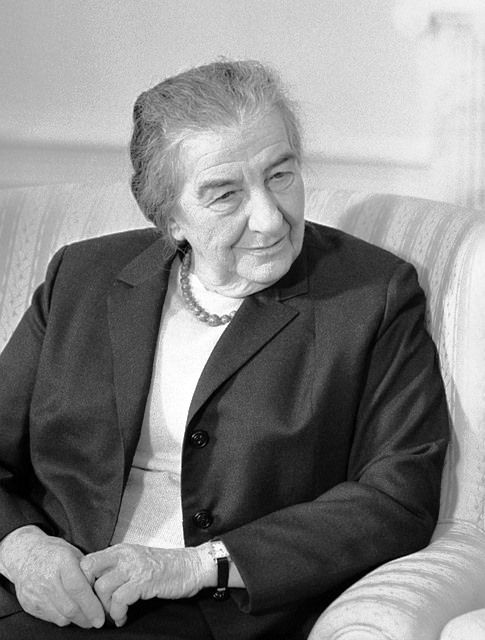
The eighth MEI Speaks held on 19 August 2020 was a book discussion by Professor Meron Medzini on his.....
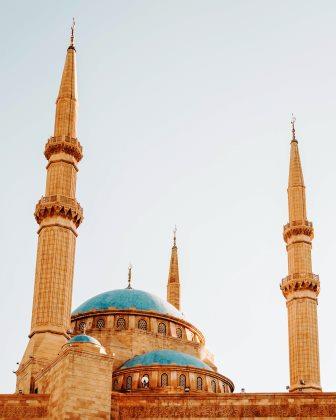
The fifth MEI Speaks held on 15 July 2020 was a talk on How Corruption Produced a Failed State in Le.....

The fourth online MEI Speaks held on 8 July 2020 was a talk on Israel’s Annexation Plans by Dr.....

The third online MEI Speaks held on 1 July 2020 was a Discussion on Dr. Sean Foley’s Changing .....

As part of its outreach programme, on 10 June 2020, the Middle East Institute (MEI@ND) has lau.....
